Unconventional Wisdom: Paradigm-changing work at TC
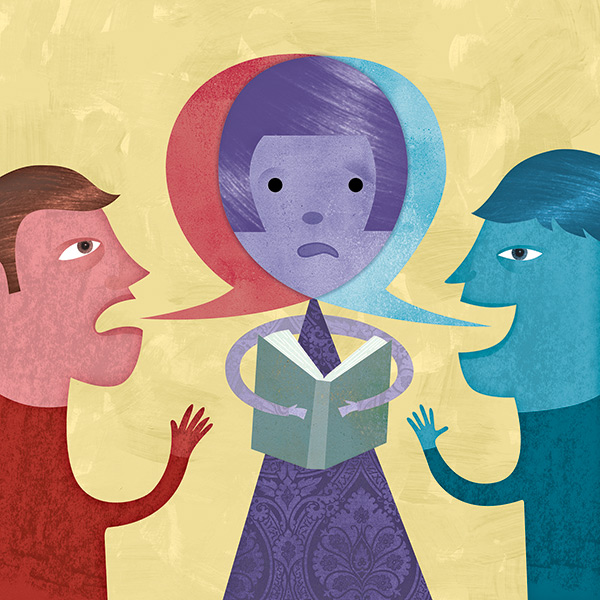
Redefining the Language of Literacy and Citizenship
As an immigrant at an English-speaking U.S. public school, María Paula Ghiso was put in remedial courses. Yet at her weekend Argentinian school, Ghiso was a star pupil.
“I kept thinking, ‘But I’m the same person!’” says Ghiso. Now Associate Professor of Literacy Education, she believes that to flourish, students need curricular opportunities that honor their strengths. “I learned how schools’ organization doesn’t tap into children’s linguistic and cultural resources. We must shift the testing and accountability paradigm, which emphasizes the deficits of multilingual students and their families.”
Ghiso explores young immigrants’ “local cosmopolitanism” — their linguistic savvy and street-smart adaptability, born of uprooting and living in multiple cultures. Those experiences are “just as educative as a college year abroad or family vacations in Europe. Youth are constantly code-switching — mixing languages to speak to different people in different contexts.”
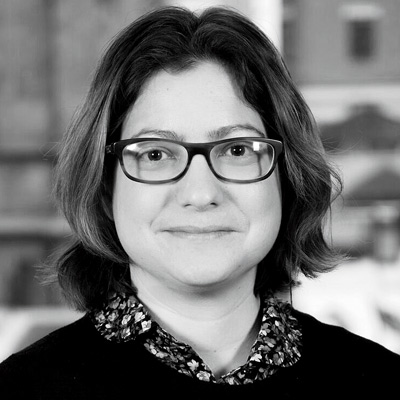
I learned how schools’ organization doesn’t tap into children’s linguistic and cultural resources. We must shift the testing and accountability paradigm.
— María Paula Ghiso, Associate Professor of Literacy Education
In Partnering with Immigrant Communities: Action through Literacy (Teachers College Press 2016), Ghiso, University of Pennsylvania education professor Gerald Campano and Bethany J. Welch, an authority on urban re-vitalization, detail the benefits of such “transnational” exposure. The book chronicles the Community Literacies Project, a church-based Philadelphia initiative where, the authors argue, exchanges among Indonesian, Vietnamese and Latino families about high school admissions and local health care resources involve sophisticated literacy and linguistic practices. The Project’s immigration workshops reflect African-American intellectual and activist legacies. Youth and families cooperate across cultural, social and linguistic boundaries to forge a shared vision of educational justice and human rights.
In calling for schools to recognize such activities as forms of literacy and civic engagement, Ghiso isn’t bashing teachers, who often “feel constrained by prescribed curriculum and evaluation systems.”
One avenue for change: getting to know neighborhood programs, local leaders, and students’ and families’ “literacies” outside of schools. “Being attentive to students’ linguistic and cultural resources in our teaching means seeing youth in their multiplicity and beyond institutional labels,” Ghiso says. In her current project in East Harlem, “classrooms might include a Puerto Rican family that has migrated for years between New York City and the Island, and whose elders fought for civil rights in the 1970s, and a more recently arrived Mexican family contending with renewed American nativism. These differences affect students’ school experiences and positioning. They also create opportunities for solidarity and mutual learning.”
Making Smart Teaching Systems Smarter
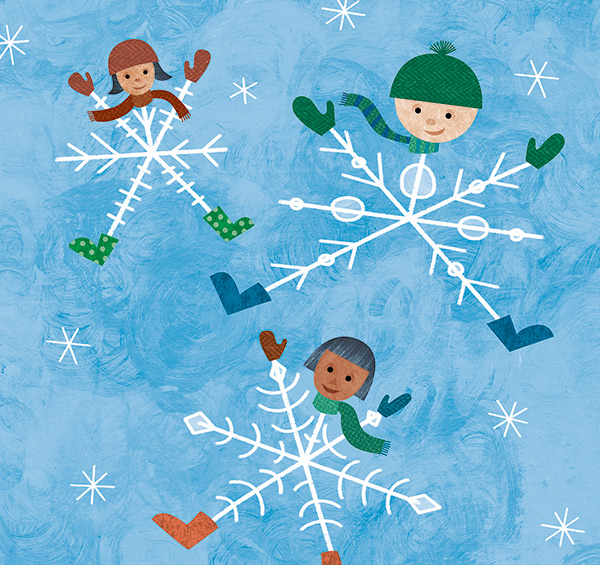
As with quantitative trading in finance and predictive marketing in advertising, the data proliferation from online and mobile systems, coupled with increased processing power and storage capacity, has spawned the measurement, collection, analysis and reporting of data about learners and their contexts, to understand and optimize learning and the environments in which it occurs. But leaders like TC’s Charles Lang fear that “atheoretical” algorithms, disconnected from hypotheses about student behavior, can’t explain such patterns or appropriately guide a system’s prompts.
Lang — Visiting Assistant Professor and co-coordinator of TC’s Learning Analytics program — believes three models should guide smart system development:
A narrative model “An elevator speech to say, ‘Here’s what this system does.’”
An operational model that tells the system what to count For example, Google’s Flu Tracker system predicted major flu outbreaks by monitoring people’s online searches for flu information and purchases of flu-related products.
A continuous validation model Flu Tracker ultimately wrongly predicted a vast outbreak. Lang’s guess: Inquiries and purchases spiked when people heard about a bird flu outbreak or other similar illness.
Lang himself has created Snowflake, an algorithm that decodes each student’s unique problem-solving logic based on detailed information about his or her learning over time. Now he wants to empower teachers to critique the choices made by smart systems. His strategy: to create a “domain-specific” language
that allows teachers to “look under the hood” and assess a system’s conclusions. “TC should teach teachers how to decide whether the software is really doing a better job than using a piece of paper.”
Sounds like a smart system indeed.
Coaching to Change Minds
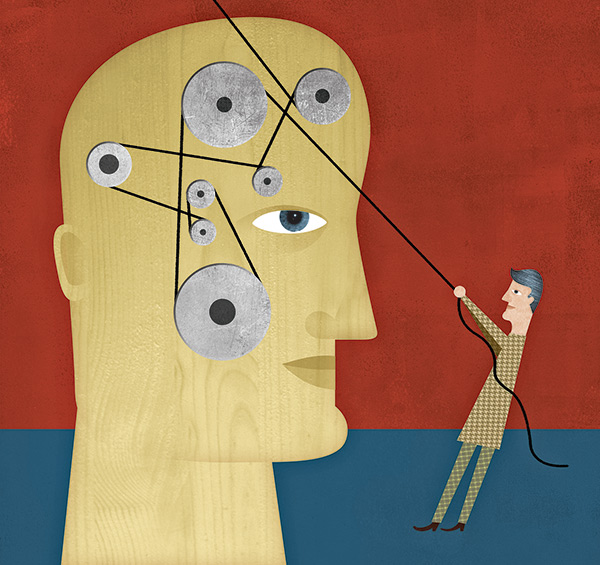
That’s Terrence Maltbia’s premise for redesigning the Columbia Coaching Certification Program, a TC-Columbia Business School collaboration that prepares professional coaches of corporate, nonprofit and government clients. “We’re grounding our empirically-based strategies, drawn from academic disciplines including adult learning and development, clinical and counseling psychology and action research, in emerging neuroscience,” says Maltbia, Associate Professor of Practice in Adult Learning & Leadership.
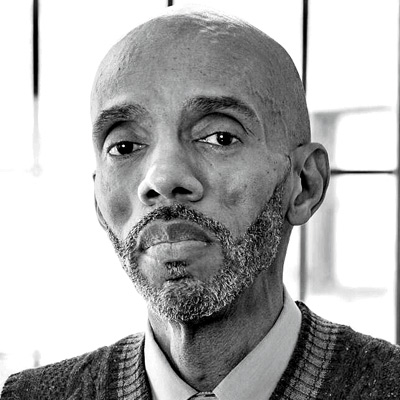
Social neuroscience supports emphasis on client learning rather than a coaching agenda. “You can encourage compliance, but you can’t legislate commitment.
— Terrence Maltbia, Associate Professor of Practice
More than 500 alums have completed the TC-based coaching program’s entire year-long credentialing, undergoing a one-week residential coach intensive, an eight-month, faculty-supervised field-based practicum and an advanced week-long residential coach intensive capped by written and oral exams. Another 800 open-enrollees have completed the front-end intensive.
As the program celebrates its 10th anniversary, and with Columbia’s new Jerome L. Green Science Center focusing on mind, brain and behavior, Maltbia, himself a corporate veteran, sees a rebranding opportunity. With TC Provost’s funding, he’s identifying everyone at Columbia who conducts cognitive, behavioral or social neuroscience research, including Nobelists Eric Kandel and Richard Axel. Social neuroscience supports the program’s emphasis on client learning process rather than a coaching agenda, listening more than talking, facilitating discoveries and turning resistance into teaching moments. “You can encourage compliance, but you can’t legislate commitment,” Maltbia says. For example, a 2014 study in Neuron found that curiosity increased learning and activity in brain regions associated with memory and reward.
Maltbia and his team help students apply such findings. One graduate predicted which managers in her company would disregard accountability training and found that those adopting a “growth mindset” won higher marks from employees.
Which is, as they say in the corporate world, money in the bank.
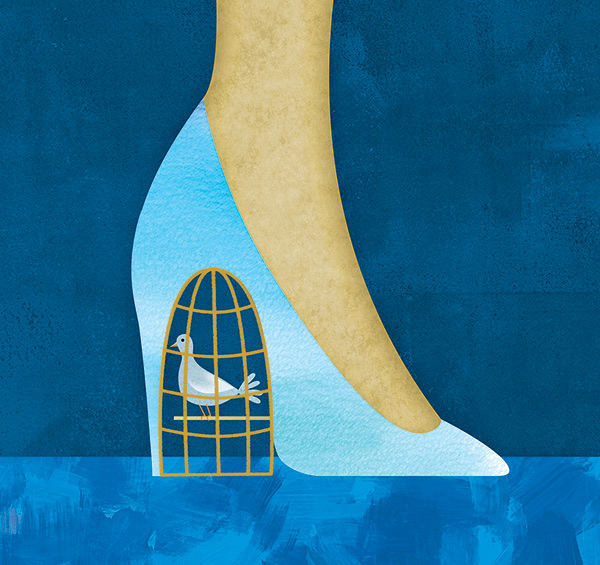
Amra Sabic-El-Rayess’s scholarship ranges from corruption in higher education to the stealth tactics of a radical Islamic sect.
She has even opined on Melania Trump’s footwear. Yet her real focus is how societies slide into madness and what hinders their efforts to rebuild.
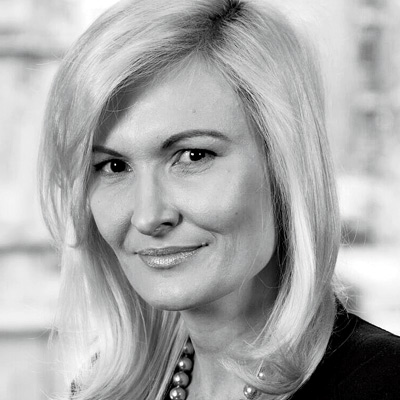
Rather than wage a “hearts and minds battle with bombs and bombast from on high,” America must engage with moderate Islamic communities.
— Amra Sabic-El-Rayess, Associate Professor of Practice
Before coming to the United States, Sabic-El-Rayess, a Bosnian Muslim, witnessed Yugoslavia’s dissolution. She has since powerfully documented how far her native land remains from becoming a democratic society.
Exhibit A: an education system in which bribery and “favor reciprocation” are the chief currencies. The “non-pecuniary” nature of the latter is critical, Sabic-El-Rayess, Associate Professor of Practice, argued last year in the International Journal of Educational Development, because it secures education as the province of those in power.
Such injustices breed equally dangerous backlashes, as Sabic-El-Rayess has documented in her studies of Saudi-born Salafism, an ultraconservative form of Islam that has spread globally and in Bosnia. The Salafi win converts “from the margins of the powerless” to the cause of “saving Islam from destruction by the West” by any means necessary. Rather than wage a “hearts and minds battle with bombs and bombast from on high,” Sabic-El-Rayess writes, America must engage with moderate Islamic communities — an outcome, she acknowledges, that looks less and less likely. Writing in January in The Huffington Post, she worried that the new First Lady would appear at her husband’s inauguration in stiletto heels given to her by the Bosnian Serb shoemaker Bema — a choice, she warned, that might be construed as endorsement of the Russian-backed secession movement by Bosnian Serbs: “Melania’s Inaugural shoes, in their stylish turn, may signal that Bosnia is once again up for grabs. Our only hope is that America’s new First Lady spends the remaining days before her coronation reflecting on the gravity of her every step.”
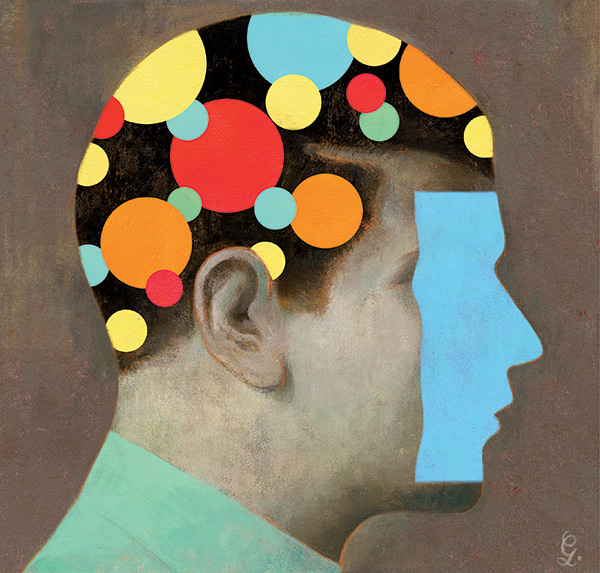
The Stuff of Art by Judith Burton
Last year, London’s Tate Modern and New York City’s Studio Museum of Harlem and Guggenheim exhibited paintings respectively, TC alumnae Georgia O’Keeffe, Alma Thomas (M.A. ’34) and Agnes Martin (M.A. ’52).
O’Keeffe, Thomas and Martin are revered names in Western art. Each transcended her era’s focus on technical proficiency, infusing new energy and emotion in lines, colors, shapes and forms. All were radical innovators:
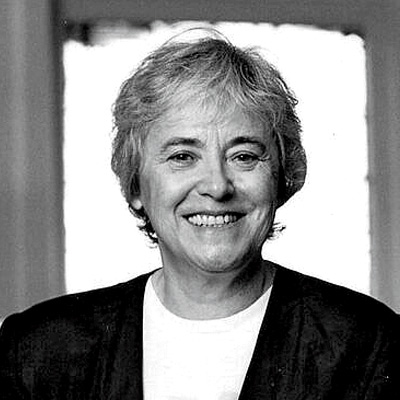
PHYSICAL EXPRESSION
The magic of TC alumnae Georgia O’Keeffe, Alma Thomas and Agnes Martin “lay in enabling their materials to speak new meanings.”
O’Keeffe through her subjective transformations of natural forms; Martin through her signature grids and stripes; Thomas through her abstract explorations of color and pattern.
Their magic lay in enabling their materials to speak new meanings. Each was likely influenced by Arthur Wesley Dow, who took over art education at TC in 1904. Dow believed artists’ materials possess distinctive and distinguishing voices that endow perception with subjectivity. O’Keeffe and her sister were Dow’s students. Martin and Thomas came later to TC but surely read Dow’s influential Composition.
Notions about materials for expressive purposes continue to change radically in the digital age. From Duchamp’s “Fountain” (a signed urinal) to contemporary found object, mixed material/digital installations demonstrate that almost anything can be repurposed to voice new meanings.
Such new possibilities create a greater diversity of people and communities in art practice. Folk artists who decorated tin trays, sculpted trees or created matchstick architecture are newly relevant. New kinds of practitioners emerge from community, design and pop-up endeavors, transforming collaborations into articulations of social justice.
As more people engage with the visual arts, collaborative practice becomes an elaborate cultural vernacular, almost medieval in effect, yet embedded in today’s social activism. And again we ask: What is an artist? And how might communities educate aesthetic sensibilities to the deeper meanings of human experience? One answer to the latter: in and through the intervention of our often prosaic materials.
Download this article as a PDF
Published Monday, Dec 11, 2017